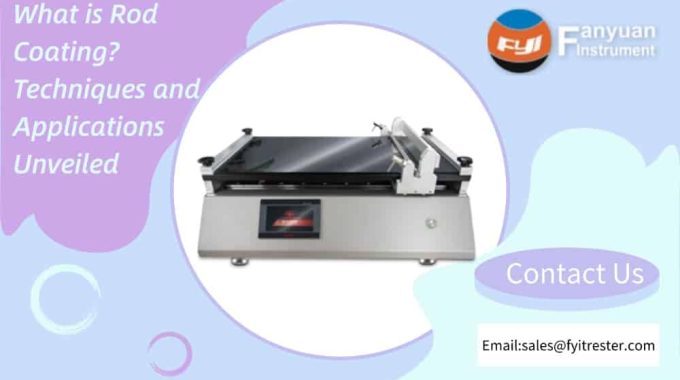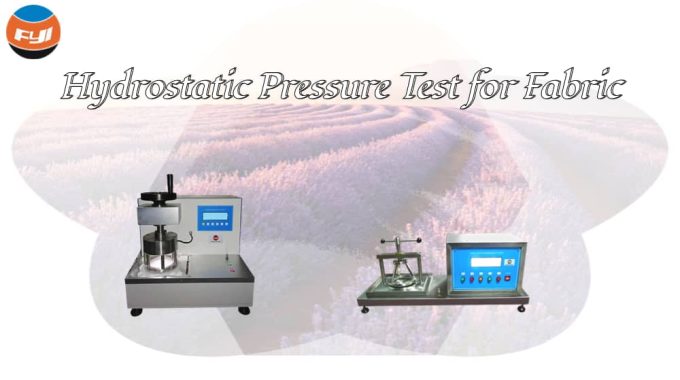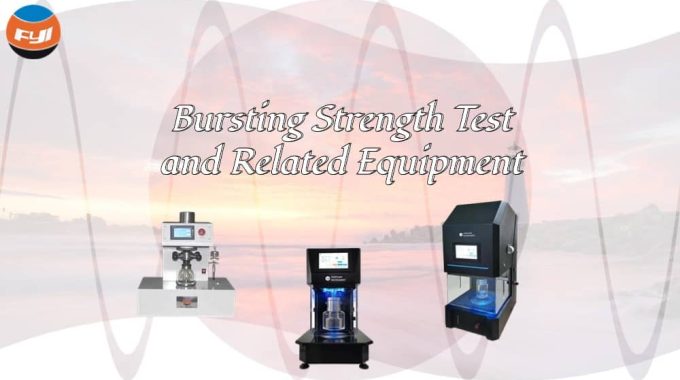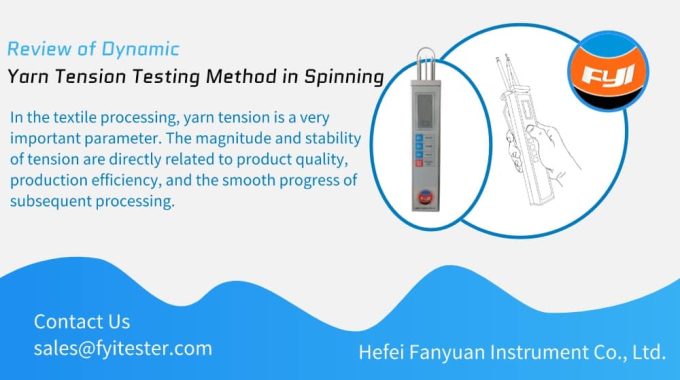
Review of Dynamic Yarn Tension Testing Method in Spinning
In the textile processing, yarn tension is a very important parameter. The magnitude and stability of tension are directly related to product quality, production efficiency, and the smooth progress of subsequent processing. Excessive tension can cause the elasticity of the yarn to elongate, resulting in loss of strength and increased breakage; Too low tension can affect the forming of the coil. In addition, since yarn tension is not a constant but a fluctuating quantity, it is necessary to conduct dynamic testing of yarn tension.
Contents
Overview of Yarn Tension Testing Methods
Strain Gauge Bridge
The core component of the Strain Gauge Bridge yarn tension testing device is the Strain Gauge Bridge sensor. Due to the good linearity and high sensitivity between the output and load of the double hole beam elastic body, the cantilever beam structure shown in Figure 2 is generally not used at present. The schematic diagram of the double hole beam sensor structure is shown in Figure 1, which mainly consists of a cantilever beam, a wire wheel, a bracket, etc. Attach four strain resistors R1~R4 on the upper and lower surfaces of the double hole beam to form a full bridge circuit as shown in Figure 3. The strain is converted into a change in resistance, and then the change in resistance is converted into electrical quantity through a bridge circuit. After calibration, it is transmitted to the subsequent signal processing device to obtain information on yarn tension and its changes. Due to the advantages of high accuracy, good stability, low cost, and suitability for various environments, the resistance strain sensor is commonly used in measuring the tension of single yarns in spinning, winding, warping, and weaving.
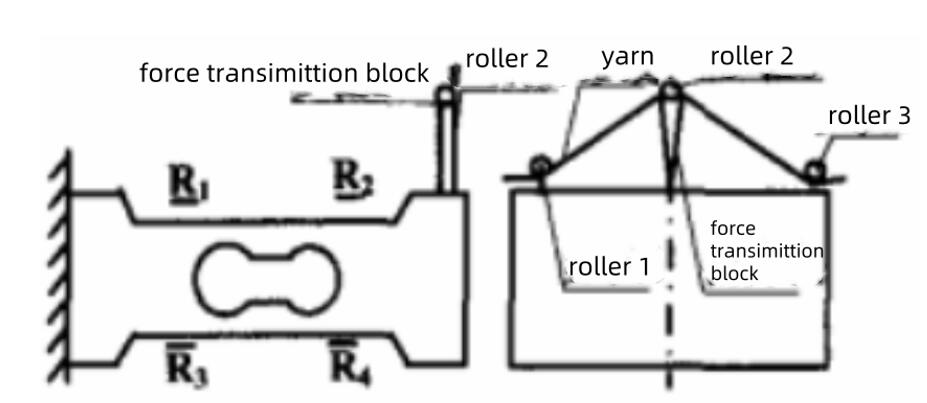
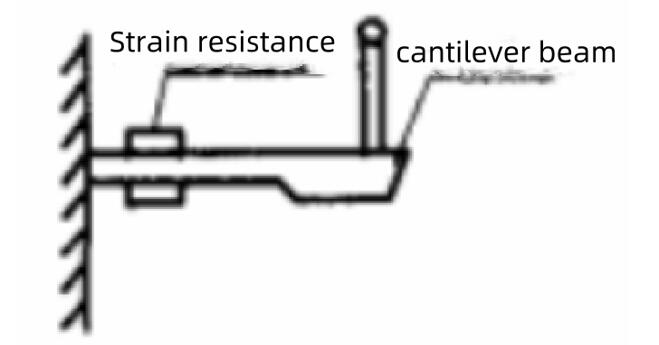
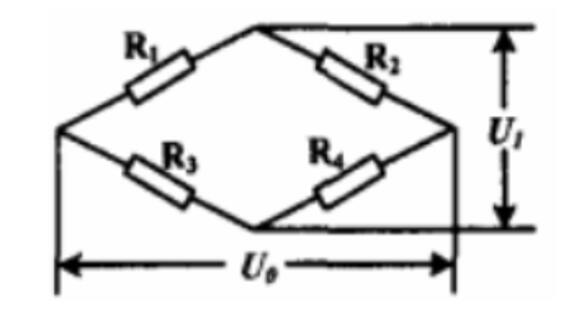
Electromagnetic Induction Type
The core component of the device is a variable reluctance sensor, as shown in Figure 4, which is a magneto electric induction yarn tension testing device. The device consists of components such as roller 1, 2, 3, damper 4, balancing device 5, and armature 6. When not working, the movable armature is in a balanced position and there is no electrical signal output from the secondary; When the yarn runs, the change in yarn tension causes the armature to move up and down, resulting in a change in magnetic flux. At this time, the secondary output electrical signal of the armature is processed to display or record the yarn tension.
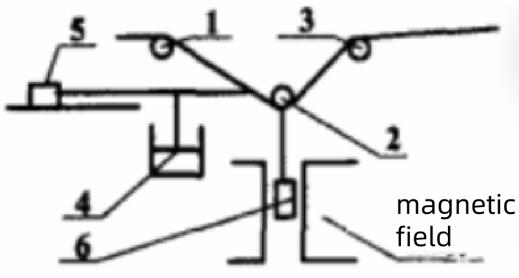
Capacitive Type
The core component of the yarn tension testing device is a differential capacitive sensor, as shown in Figure 5. It mainly consists of a fixed pole piece, a moving pole piece, a wire wheel, and a bracket. The moving pole piece itself is an elastic body, and one end of the yarn guide wheel is fixed to the moving pole piece through an insulator, forming a cantilever beam. When no yarn passes through, the initial pole distance δ1= δ2; When the tension of the yarn acts on the yarn guide wheel, the moving pole piece moves up and down due to the force, causing a change in distance Δδ and a corresponding change in capacitance ΔC, with a relative change of ΔC/C. When the change in distance Δδ is small, it can be considered as capacitance.

The amount of change is approximately linearly related to A8. The change amount is converted into electricity through the bridge circuit shown in Figure 5, and then processed by the supporting device to display or record the yarn tension.
DTM Series Electronic Yarn Tension Meter
In terms of the detection object, direct detection is basically used in spinning and knitting. By directly detecting the yarn in the contact or non-contact state of the detection element, tension data is obtained, and the detection accuracy is high.
In weaving, another indirect testing method is often used, which relies on adding sensors to the back beam of the loom to measure the warp tension of the loom. This device can minimize the impact of the measuring device on the control and adjustment system of the weaving machine, but the biggest problem with this indirect measurement method is low accuracy, and its lag is also difficult to adapt to real-time measurement and control in the high-speed working environment of modern textile machinery.
At present, the commonly used sensors in the market are still mostly contact based, and non-contact measurement technology is not yet mature enough. The most widely used contact measurement method is the three roller strain resistance bridge method.
Application
DTM Series Electronic Tension Meter from FYI is used for measuring the dynamic tension of various flexible wires, providing a reliable basis for improving yarn quality and product performance. This device is equipped with digital display device, it can be carried around for testing. This tension meter is widely used throughout the world in many different industries, such as man-made fiber industry, cotton textile industry, knitting industry, optical fiber industry, wire industry, etc.
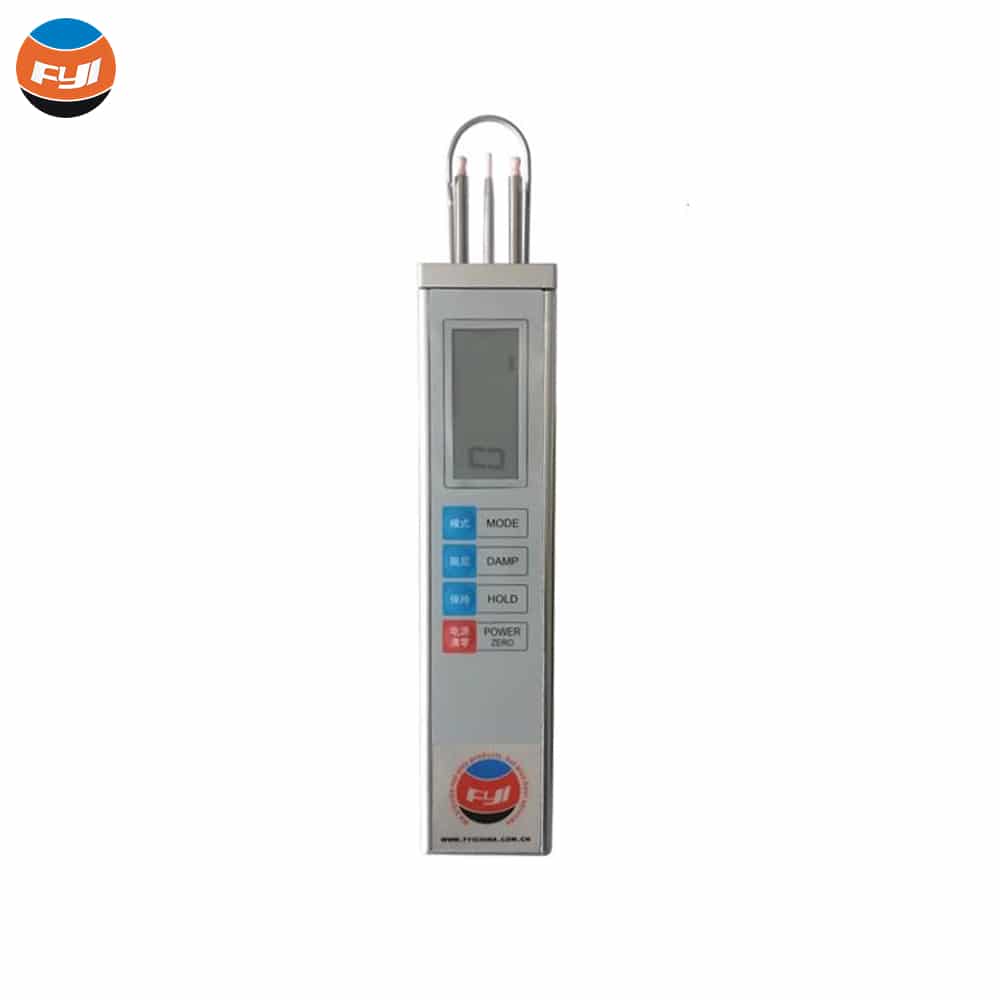
Function of yarn tension meter
(1) Hold current data: In Working, you can press HOLD key if you need keep the test data, Now the instrument working in Hold Mode. Press the HOLD key again, come back to Test Mode.
(2) Damping adjustment: Adjustable electronic damp for better reading when tension is constantly changing. Press the DAMP key (10 steps)
(3) Switch units: There are two units available: g and cN. The users can press the “Mode” button to switch to target units.
Main Specifications
Our company currently has six types of yarn tension meters: DTM100, DTM200, DTM300, DTM500, DTM1000, and DTM2000. The numbers in the model represent the tension range that can be measured. For example, DTM100 is suitable for measuring yarns with a tension range of 0 to 100 cN.
| Accuracy | ±1% full scale and ±1 digit |
| Overload protection | 150% of tension range |
| Measuring principle | Strain gauge bridge |
| Measuring roller deflection | 0.5mm max. |
| Signal processing | Digital, 12 bit A/D converter |
| Damping | Adjustable electronic damp (10 steps), moving average |
| Sampling rate | Approx.5 kHz (internal only) |
| Display update rate | Approx.4 times/sec |
| Display | 4-digit LCD, 12.7mm |
| Temperature range | 10~45℃ |
| Air humidity | 85% RH max. |
| Auto power off | Automatically after approx. 3 min. of non-operation |
| Housing dimensions | 220×52×46mm (L×W×H) |
| Net weight Approx. | 350g |
